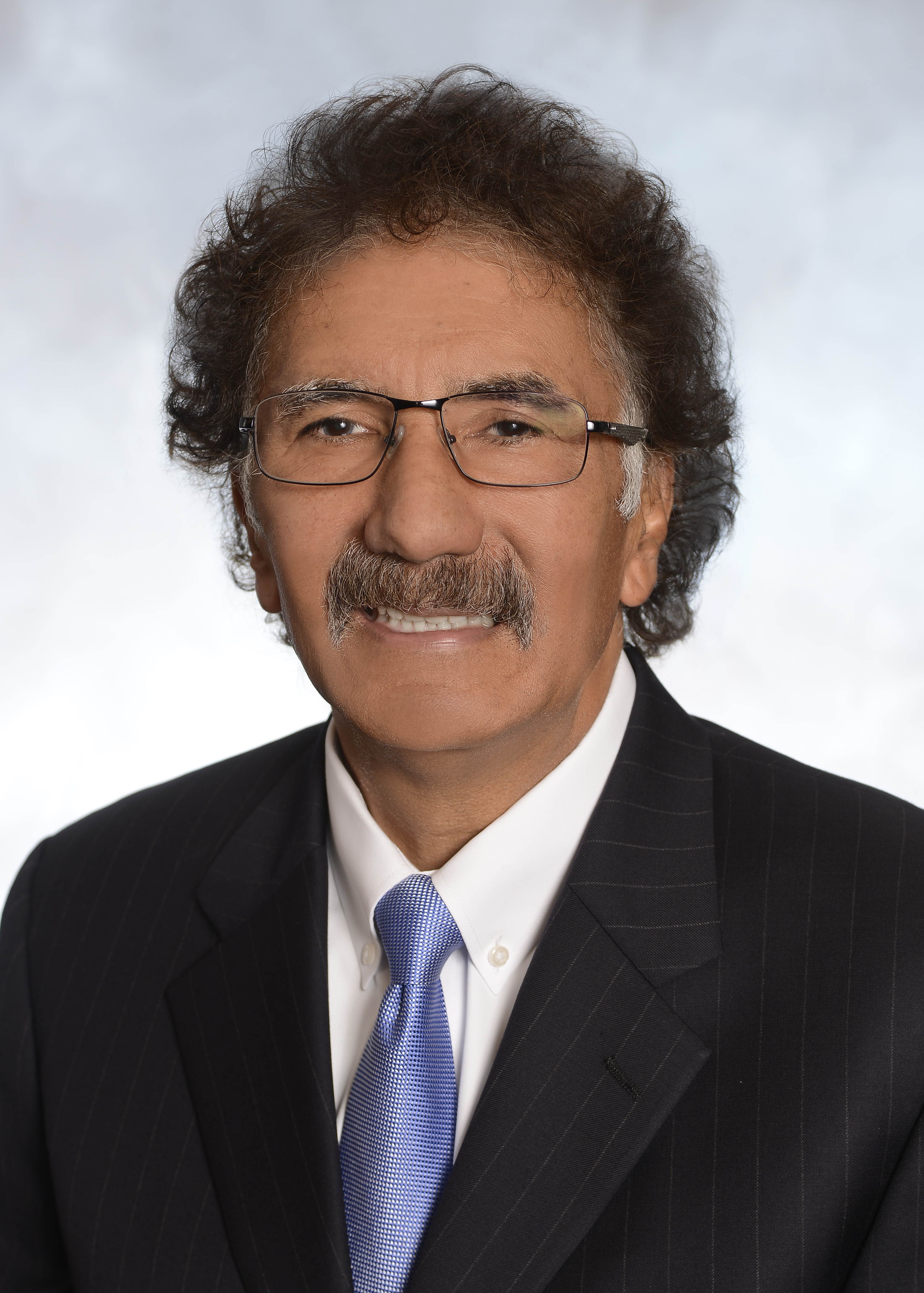News Release
FOR RELEASE - October 14, 2020
Contact: Aaron Ellis, Public Affairs Director, aellis@aapa-ports.org
(703) 254-7098
American Association of Port Authorities
Phone: (202) 792-4033
www.aapa-ports.org
 |
| Mario Cordero, AAPA's new Chairman of the Board |
The American Association of Port Authorities (AAPA)—the unified and recognized voice of seaports in the Americas—has installed Mario Cordero, executive director of California’s Port of Long Beach, to serve a two-year term as the association’s Chairman of the Board.
After having been elected for the role at the association’s Spring Conference meeting in March, AAPA formerly installed Mr. Cordero as Chairman during its virtual 2020 Annual Convention, held Sept. 21-23. Mr. Cordero assumed the AAPA chairmanship after Gary G. Nelson, executive director of Washington State’s Port of Grays Harbor, finished his one-year term on Sept. 21.
As part of a significant structural overhaul to its governance policies and its Board of Directors, the association’s membership at its Annual Membership Meeting voted to extend board member terms to two years, reduce the 45-member Board of Directors to 11, and eliminate the board’s duplicative 12-member Executive Committee. The association’s membership also agreed to restrict to two the number of board positions available to any of the association’s seven board-represented geographic regions and special representation areas, and require that only port CEOs or their equivalent be able to serve on the board.
“By restructuring and modernizing AAPA’s Board of Directors, I believe it’ll vastly improve the association’s ability with regard to policymaking and other governance issues, enabling us to be more nimble, efficient and effective as a hemispheric membership association,” said Christopher J. Connor, AAPA’s president and CEO. “In reducing the size of our board, we still have a diversity of ports of varying sizes and geographic locations represented. I think we’ve struck just the right balance so all voices of our member ports will be heard in crafting AAPA policy and programs, both now and in the years to come.”
Further policy changes include adding an Academia membership category that includes educators, colleges, universities and workforce training entities, and a Supply Chain Partners (SCPs) category to bring more diverse perspectives into the AAPA network, such as marine terminal operators, ocean carriers and beneficial cargo owners – the parties that ultimately own the goods being shipped. AAPA’s membership also approved changing the name of the Sustaining membership category to Industry Solution Providers (ISPs) to better describe member firms that provide goods and services to ports.
In addition to installing Mr. Cordero as the association’s Chairman, the following were elected as Directors:
About AAPA
Founded in 1912 and recognized as the unified voice of seaports in the Americas, AAPA today represents 130 of the leading seaport authorities in the United States, Canada, Latin America and the Caribbean and more than 200 industry solution providers, supply chain partners and academia with an interest in seaports.
According to IHS Markit’s GTA Forecasting, combined international sea trade moving through Western Hemisphere seaports in 2018 totaled nearly 4.2 billion metric tons in volume and US$3.7 trillion in value. Of that combined total, seaports in Central and South America handled 1.86 billion metric tons of cargo valued at US$1.17 trillion, while North American seaports handled 2.34 billion metric tons of goods, valued at US$2.53 trillion. Within North America, U.S. seaports handled 1.01 billion metric tons of international trade valued at US$1.95 trillion, while Canada’s seaports handled 380.53 million metric tons of goods valued at US$266.67 billion, and Mexico’s seaports handled 352.53 million metric tons of cargo valued at US$312.91 billion.
To meet the growing demand for trade, AAPA and its members are committed to keeping seaports navigable, secure and sustainable. For more information, visit www.aapa-ports.org. On Twitter: http://twitter.com/AAPA_Seaports